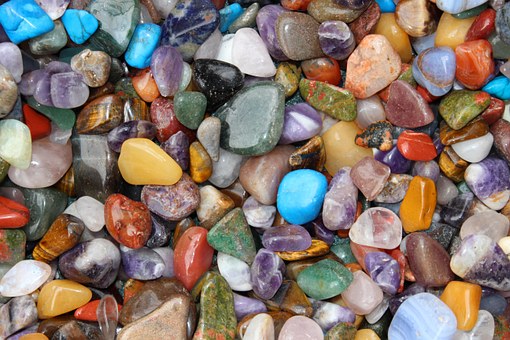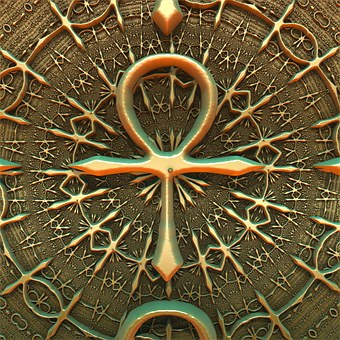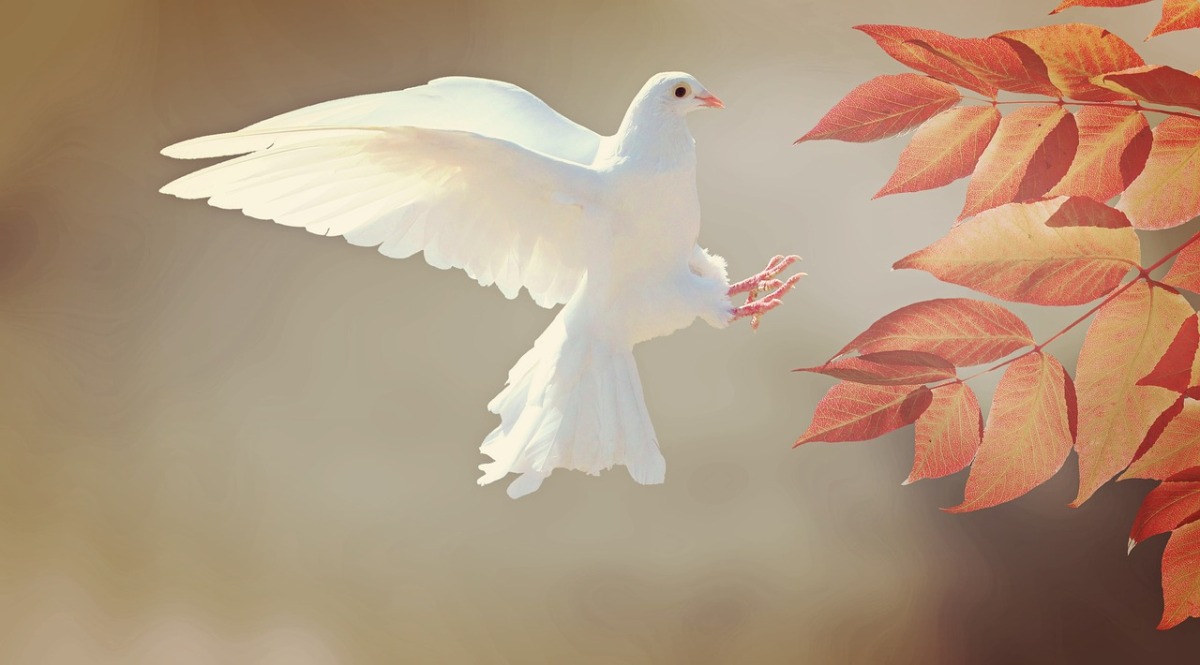*Second hardest of all minerals; raw form of ruby and sapphire.
*Promotes insight to the unknown, enhances one’s intuitive awareness.
*Stimulates ambition and confidence, subdues emotions and helps one to release anger in a positive manner.
Tag: manner
CELTIC WORKSHOP #4 – CELTIC MUSIC
Anyone that has ever done Magick knows that it involves resonances and associations. Magick has many color associations as well as musical associations. We have all experienced the magick of music in contemporary music. Sometimes this can be in the form of attending a concert, othertimes it can be when we are alone and listening to our favorites tunes. Modern day religious services take advantage of the Magick inherit to music to enhance their worship services. This can be in singing hymns or hearing organ and choral anthems. I’m sure that we will all agree that music in such sitruarions alters our state of being. We are uplifted and changed by the ritual music we experience. It should be no surprise that the ancient Celts used music in a similar manner. In Morgan Llwellyn’s “Druids” we find an example of such a Druidic use of music in Magick. The chief Druid of a village would greet the Sun with song and lead the village each day in welcoming the Sun back from the Underworld. When the Sun set, another farewell song was enjoined. This practice is still followed by some in Celtic lands to this day. Examples of such incantations and greetings to the Sun may be found in the “Carmenica Gadetica” a vast resources of ancient and rercent Celtic verse and song.
Ankh
by Cecille Soberano
Found widely in Egyptian art, the ankh has come to symbolize life after death. Originally an Egyptian hieroglyphic representing the womb with its looped top, its meaning is related to matters concerning life and death, or rather, Eternal Life (“Nem Ankh”). In art, especially that depicting funeral ceremonies, their gods and goddesses are shown clutching the ankh by its loop as if it were a key. In this manner, it is believed that the ankh would open the gates of death on to immortality.
Master of Animals
by Dr Alena Trckova-Flamee, Ph.D.
Master of Animals – a Late Bronze Age deity
In the Minoan and Mycenaean mythological and religious iconography appears a male deity, called later by the Greeks, Master of Animals. He is a counterpart of the Mistress of Animals (Potnia theron) 1 portrayed with wild animals, mainly lions and exerting his power over them. On the seals and rings-relief the Master of Animals is depicted with the Minoan manner, wearing only a small cloth around his slim waist and turning his body to show his muscular breasts and shoulders in a frontal position. The head, usually with beard and rich hair, has a strong facial expression. The gem from Kydonia or the Mycenaean seal ring are illustrating such type, while the well known Aegina Treasure-pendant represents the Master of Animals with an Egyptian influence. The motif is created by a completely different way. The deity looks like an Egyptian, holding waterbirds in his hands and his surrounding consists of double snakes and papyrus flowers. The Oriental seals from the Palace of Cadmus in Thiva are showing the Master of Animals with goats, some vegetation and various symbols from the Syrian and Mesopotamian mythology.




